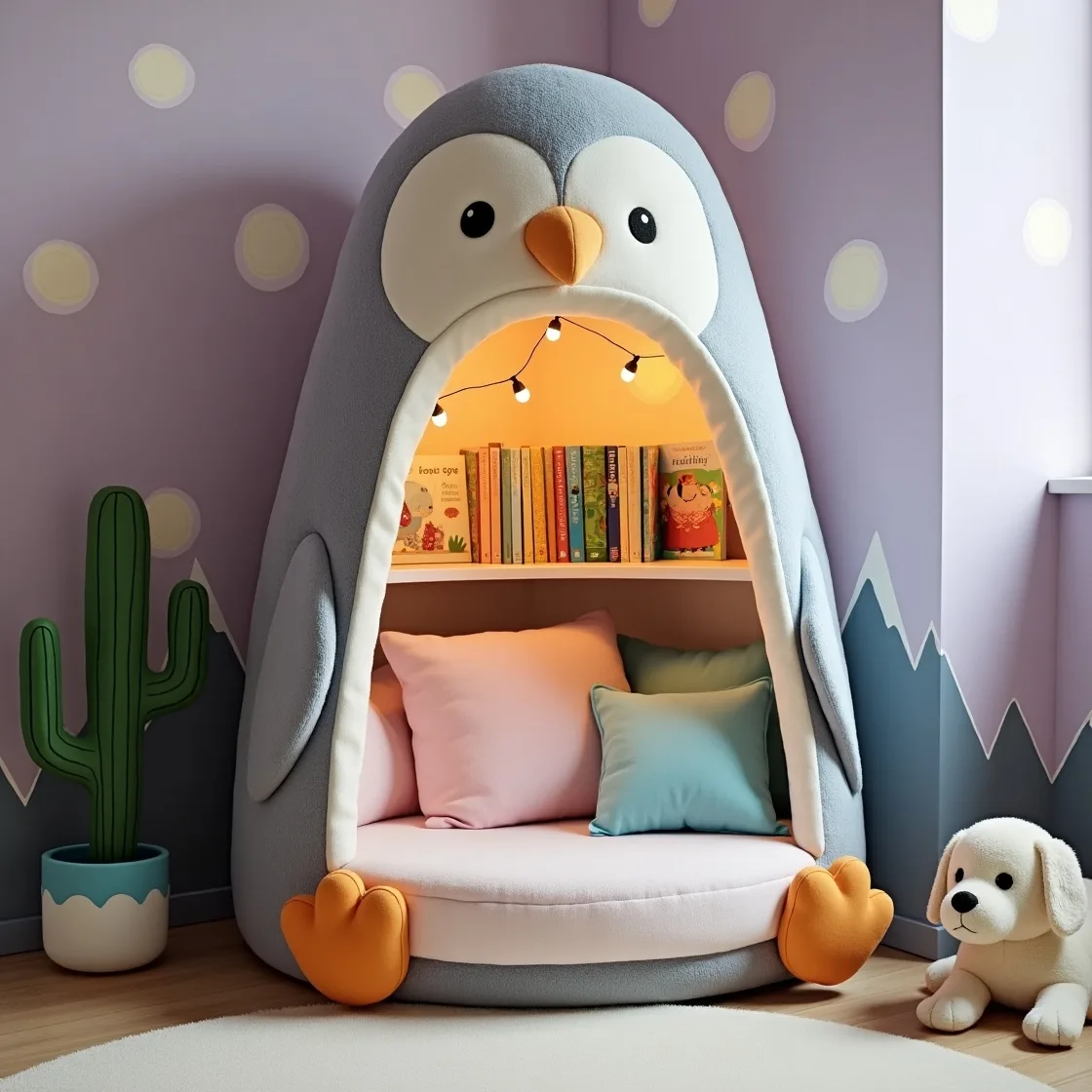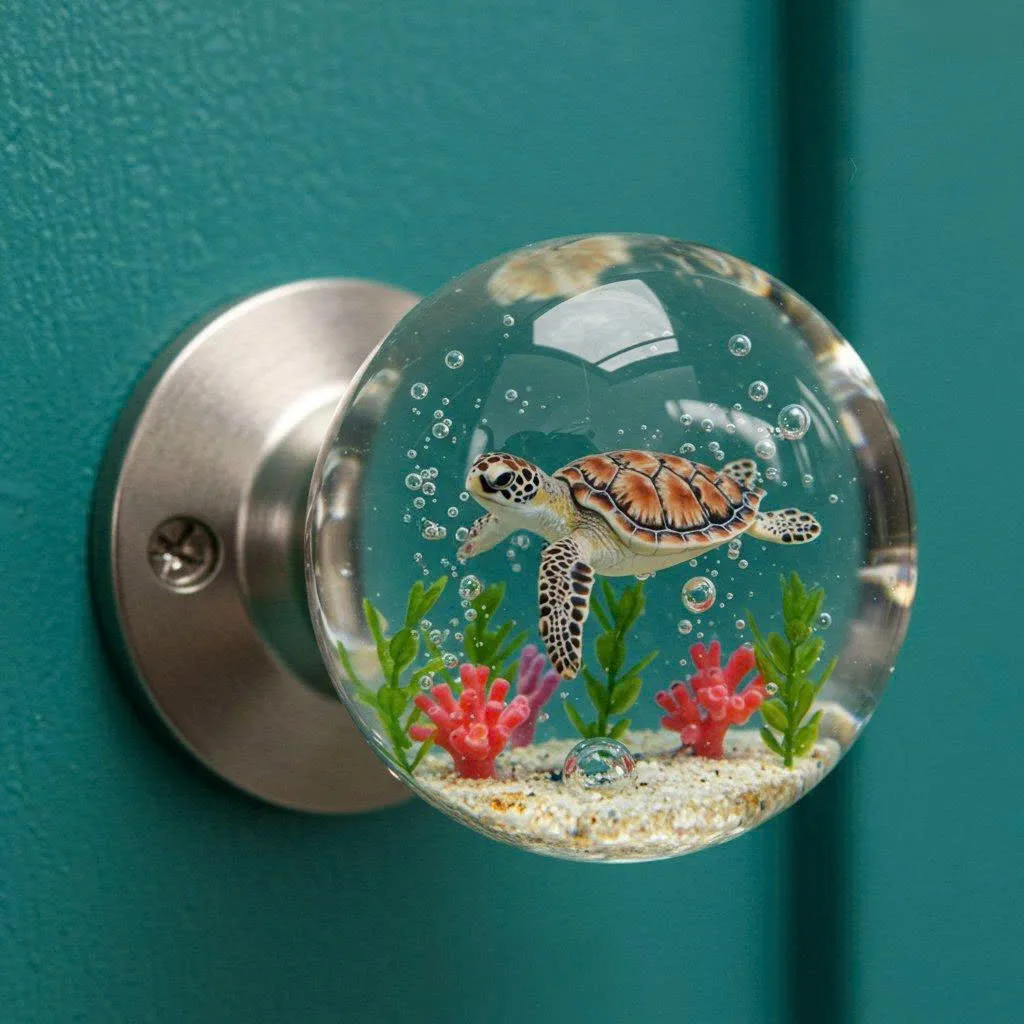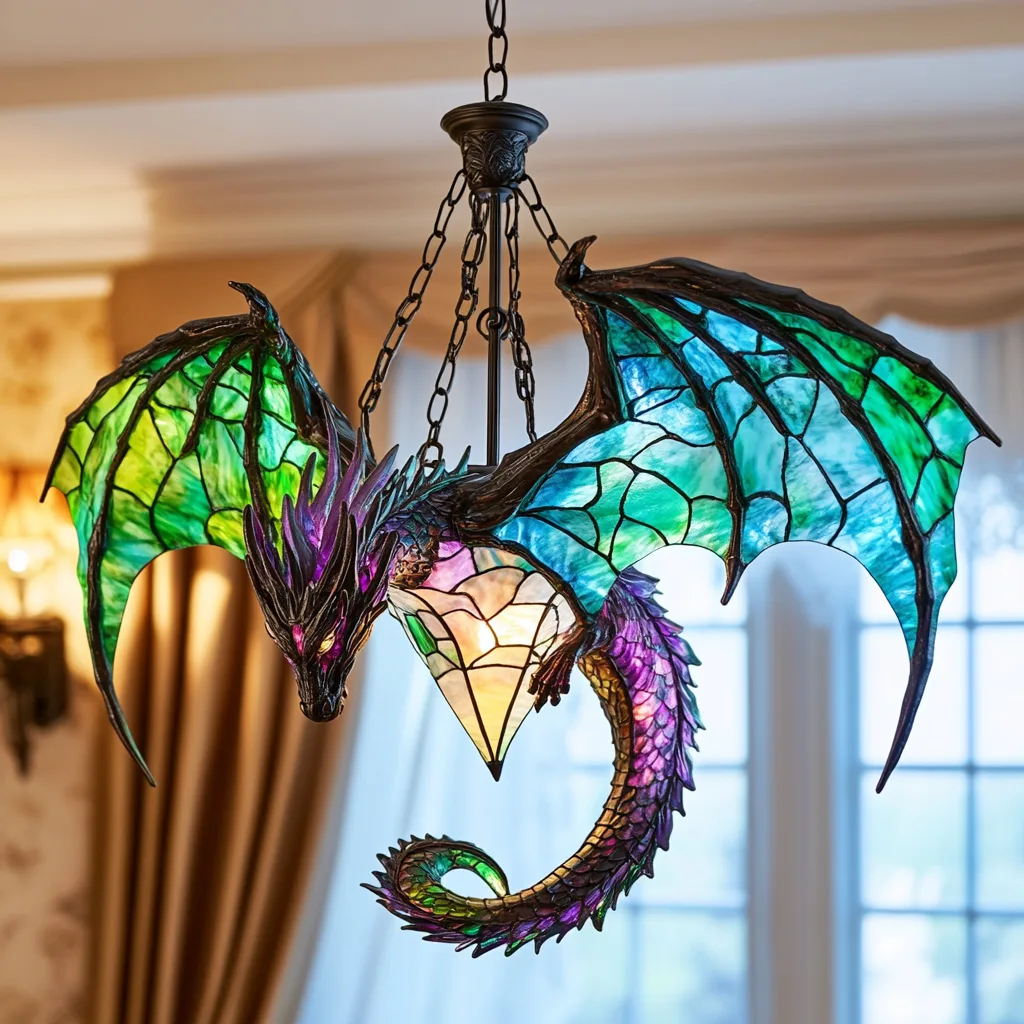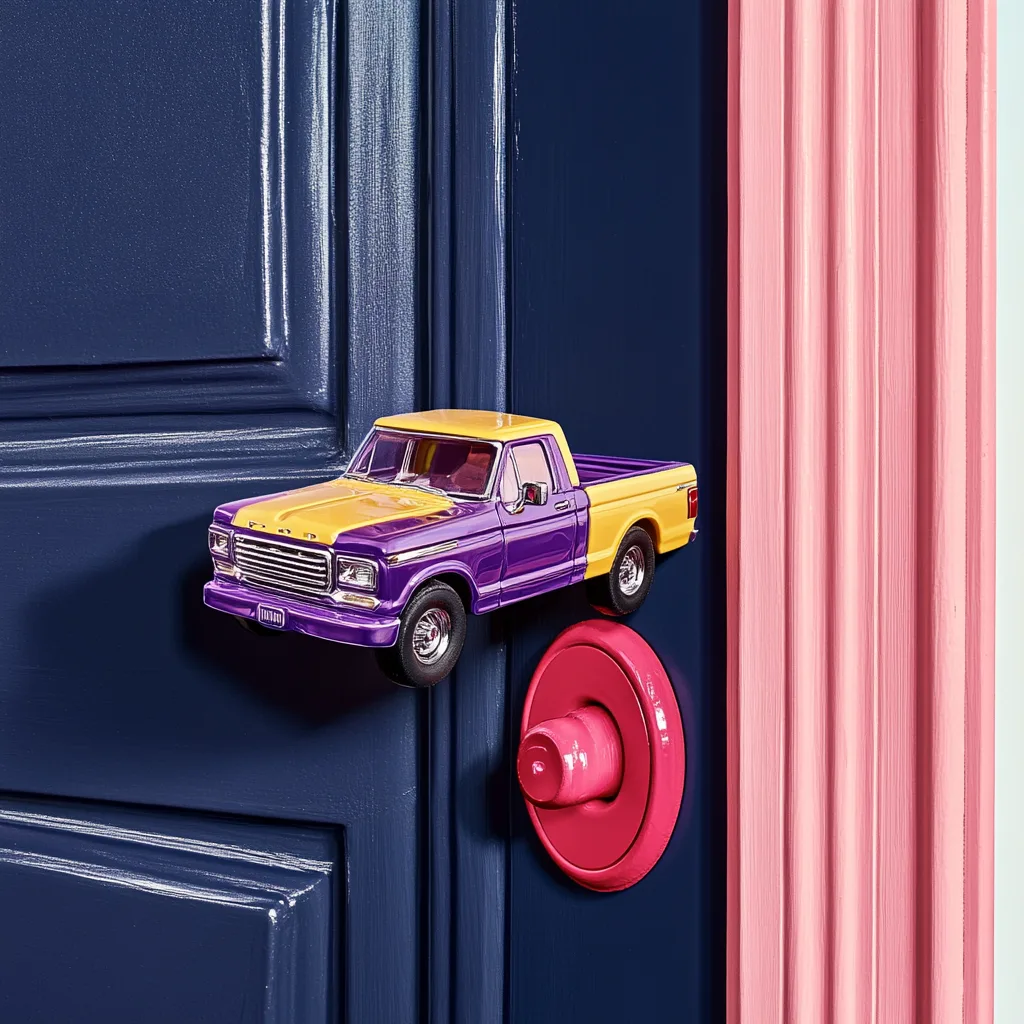Contents
- 1 The Fascination of Penguin Dens
- 2 The Importance, Uses, and Influence of Penguin Dens
- 3 Why Penguin Dens Matter
The Fascination of Penguin Dens
Penguins are among the most beloved and fascinating creatures on the planet. Known for their playful personalities, social bonds, and resilience in icy environments, these flightless birds rely on specially designed penguin dens for shelter, nesting, and survival. Whether in the wild or conservation areas, penguin dens play a crucial role in providing protection from predators and harsh weather conditions.
Beyond their natural habitats, penguin dens have also inspired human creativity, leading to artificial dens in zoos, research facilities, and even themed home décor. From replicating natural burrows for penguin conservation to designing penguin-themed hideaways for pets and homes, the concept of penguin dens extends beyond just the birds themselves.
In this article, we will explore the importance of penguin dens, their role in conservation, and how they have influenced modern architecture, design, and even pop culture. Whether you’re a wildlife enthusiast, a pet owner looking for a penguin-inspired space, or someone who simply loves these adorable birds, this guide will take you deep into the world of penguin dens.
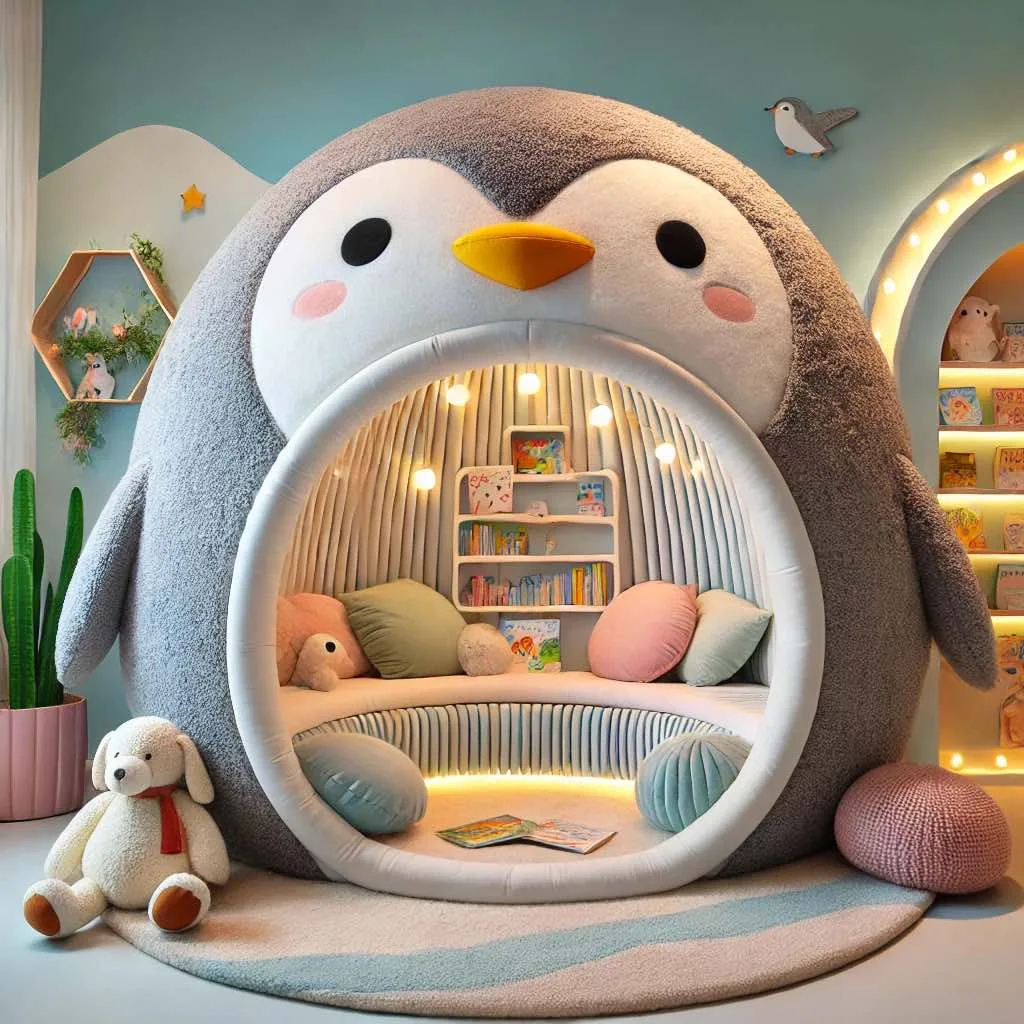
The Importance, Uses, and Influence of Penguin Dens
1. The Role of Penguin Dens in Nature
a. A Safe Haven from the Harsh Environment
Penguins, especially species like the Emperor and Adélie penguins, often inhabit extreme climates where temperatures can drop far below freezing. In these conditions, penguin dens act as thermal shelters, providing insulation and warmth, especially during breeding seasons.
- Rockhopper penguins, for example, use rocky crevices as natural dens.
- Magellanic penguins dig burrows in the sand to protect themselves from predators and temperature extremes.
- Emperor penguins huddle together, using each other’s body heat, since they lack traditional dens.
b. Nesting and Raising Chicks
During the breeding season, penguin dens serve as critical nesting areas. Many penguin species lay their eggs in these dens, providing a secure environment where chicks can grow without being exposed to predators like skuas and seals.
- Penguins build their dens using natural materials such as stones, grass, or mud, depending on their habitat.
- Some species, like the Little Blue Penguin, dig burrows along coastlines, hiding their young from threats.
- Penguins often return to the same dens year after year, reinforcing their territorial bonds.
c. Social Interaction and Bonding
Penguins are highly social animals that thrive in colonies. Penguin dens provide a communal space for interaction, courtship rituals, and communication among penguins. Many species perform elaborate mating dances near their dens, reinforcing pair bonds and ensuring the survival of their offspring.
2. Human-Made Penguin Dens and Conservation Efforts
With climate change and habitat destruction threatening penguin populations, conservationists have stepped in to create artificial penguin dens that help sustain breeding populations.
a. Artificial Penguin Dens in Conservation Programs
Organizations around the world, such as the Phillip Island Nature Parks and the Penguin Conservation Society, have developed man-made dens to support endangered penguin species.
- Artificial burrows and nesting boxes mimic natural dens, providing a safe space for penguins to lay eggs.
- Some researchers have placed GPS trackers inside dens to study penguin behavior and movement patterns.
- By replanting coastal vegetation, conservationists help improve den stability and reduce erosion.
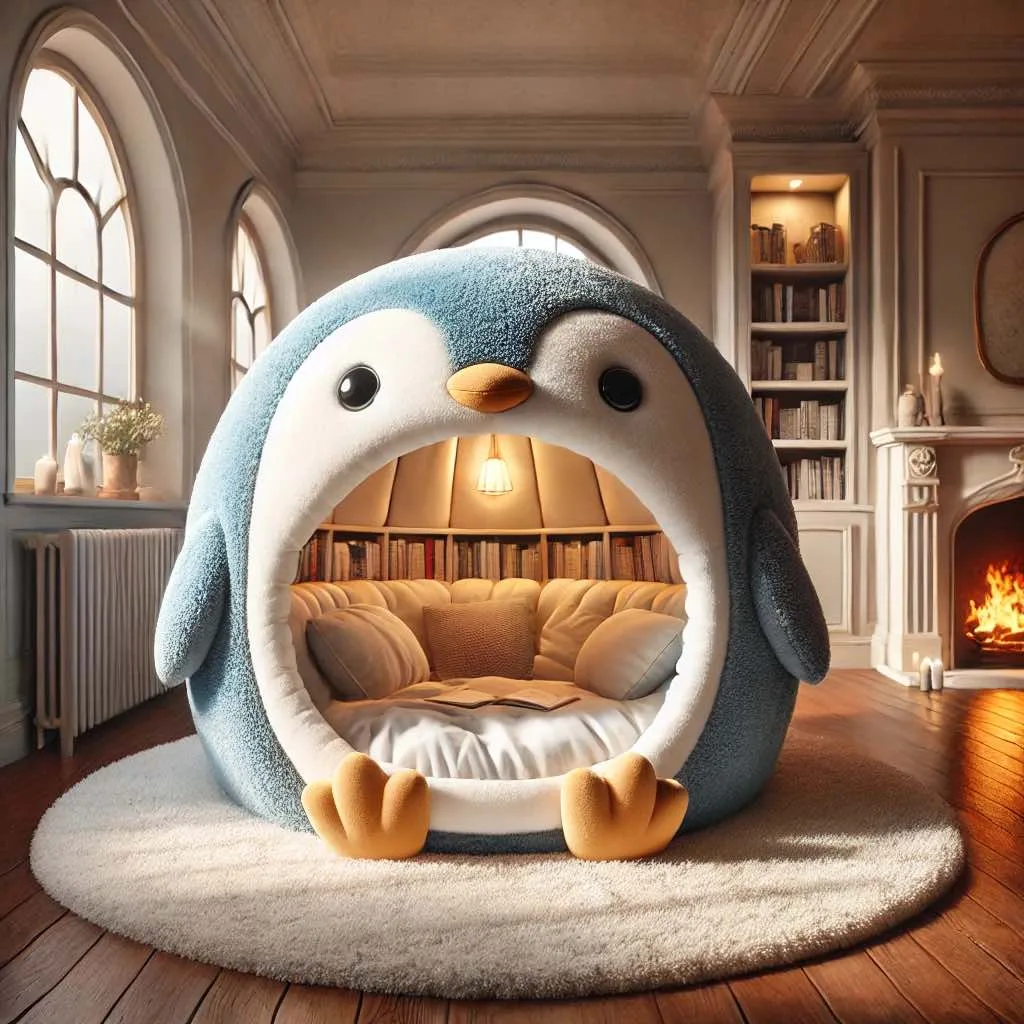
b. How Zoos and Aquariums Use Penguin Dens
In captivity, penguin dens are carefully designed to replicate the natural environments of various species. Leading zoos and aquariums provide:
- Temperature-controlled dens to simulate Arctic or sub-Antarctic conditions.
- Artificial rock formations that allow penguins to explore and nest.
- Underground burrows and hidden spaces to encourage natural behaviors.
These efforts not only help in educating the public about penguin conservation but also ensure the health and well-being of penguins in human care.
3. Penguin-Themed Dens for Pets and Home Décor
Beyond wildlife conservation, the concept of penguin dens has inspired pet owners, architects, and designers to create cozy, penguin-themed spaces in homes and businesses.
a. Penguin Dens for Pets: A Trend in Cozy Spaces
For pet owners who love penguins, penguin-shaped dens for cats and dogs have become a popular trend.
- Penguin igloo beds provide a warm, enclosed space for small pets.
- Cave-style penguin hideouts mimic the comfort and security of real penguin dens.
- Many pet dens use soft plush materials to provide insulation, just like penguins rely on burrows.
b. Penguin Dens in Home Design
Some interior designers have embraced the idea of penguin dens by incorporating penguin-inspired elements into cozy, enclosed spaces within homes.
- Children’s play areas designed like penguin burrows with soft, igloo-like structures.
- Themed reading nooks with penguin-shaped bean bags and Arctic murals.
- Penguin-style igloo retreats in modern architecture, resembling real Antarctic dwellings.
c. Penguin Dens in Hotels and Resorts
Eco-friendly resorts and Arctic-themed hotels have built penguin-inspired accommodations, complete with curved, cave-like designs that offer a snug, den-like experience for guests.
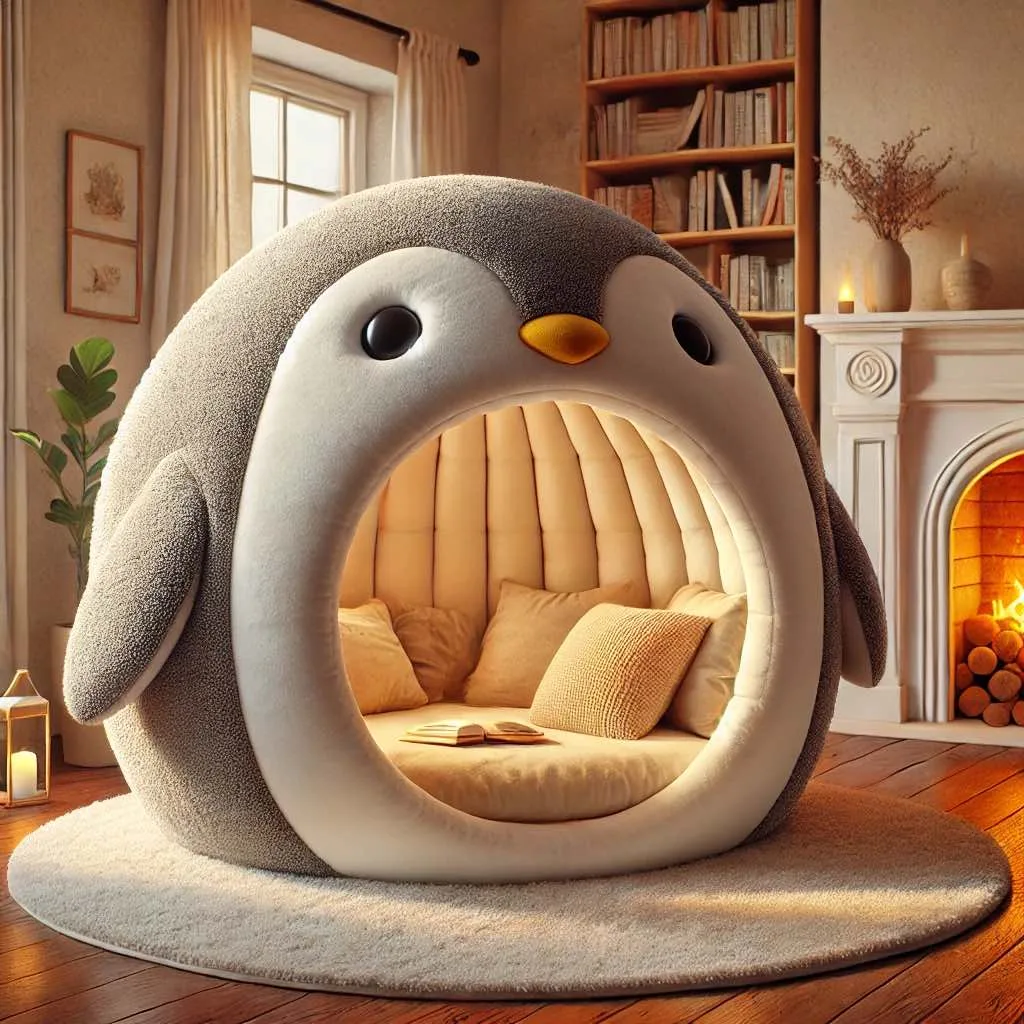
4. The Cultural Influence of Penguin Dens
a. Penguins in Popular Culture
From animated films like Happy Feet to documentaries like March of the Penguins, penguins and their dens have captured the hearts of audiences worldwide.
- Penguin mascots and logos have been used in branding, from clothing to food packaging.
- Many children’s books and toys feature penguin dens as cozy hideouts for adorable penguin characters.
b. How Penguin Dens Inspire Eco-Living
The concept of penguin dens has also influenced sustainable home-building. Architects have drawn inspiration from:
- Penguin colony structures to design energy-efficient homes.
- Snow-resistant igloo technology to build Arctic-friendly dwellings.
- Natural cooling and insulation techniques similar to penguin nesting strategies.
By learning from penguins, humans have developed innovative ways to create homes that are cozy, efficient, and environmentally friendly.
Why Penguin Dens Matter
Whether in the wild, in conservation programs, or as sources of inspiration for home and pet design, penguin dens play a crucial role in both nature and human creativity. They provide shelter, warmth, and security for penguins, ensuring their survival in some of the planet’s harshest environments. At the same time, they have inspired innovations in architecture, pet products, and eco-friendly living.
For penguin lovers, understanding the importance of penguin dens deepens appreciation for these remarkable birds and their ability to adapt to challenging conditions. Whether you’re supporting conservation efforts, designing a penguin-inspired retreat, or simply enjoying the sight of these adorable creatures in their natural habitat, penguin dens are a fascinating and essential part of the world of penguins.
So, the next time you see a penguin waddle into its den, remember—it’s more than just a shelter. It’s a symbol of survival, comfort, and the enduring beauty of nature. 🐧❄


